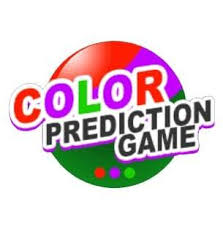Understanding the Basics of Roulette
Roulette is a classic casino game that has been enjoyed by gambling enthusiasts for centuries. It involves a wheel with numbered pockets, alternately colored red and black, and a single or double zero pocket which is colored green. Players bet on which color or number the ball will land on. Despite the seeming simplicity, predicting where the ball will land is challenging and largely dependent on chance.
.jpg)
The Role of Probability in Roulette
Each spin of the roulette wheel is an independent event, meaning the outcome of one spin does not influence the outcome of another. In European roulette, the probability of hitting a specific color (red or black, ignoring the zero) is close to 50% - specifically 18/37, since there are 18 red, 18 black, and one green pocket. In American roulette, this probability decreases slightly to 18/38 because of an extra double zero.
Strategies to Bet on Colors
Martingale System
One common method some players use to bet on colors is the Martingale system. This strategy involves doubling your bet every time you lose, with the idea being that when you eventually win, you will recover all previous losses plus make a profit equal to your original bet. However, this can be risky as it requires a substantial bankroll and the potential to hit the table's betting limit.
Fibonacci System
Another approach is the Fibonacci system, which is based on the famous Fibonacci sequence (1, 1, 2, 3, 5, 8, etc.). When applied to betting on colors, you move one step forward in the sequence when you lose, and step back two places when you win. This method is considered less aggressive than the Martingale system.
Is There a Reliable Way to Predict?
Despite various strategies and theories, no method guarantees success in roulette due to its inherent randomness. Betting systems can help manage your funds and potentially extend play, but they do not influence the game's outcome.
Technological Considerations in Prediction
Some sophisticated players might attempt to use technology or physics-based approaches to predict the outcome of a roulette spin, analyzing variables like the wheel’s rotor speed, the ball’s deceleration, and more. However, modern casinos are well aware of such techniques and have measures in place to counteract them, such as frequently rotating wheel heads and using varied rotor speeds.

Conclusion
While the allure of predicting roulette colors can be strong, it's crucial to understand the high element of chance involved in the game. Responsible gambling, understanding the odds, and not relying solely on strategies that promise consistent wins can lead to a more enjoyable and potentially profitable experience. Remember, gambling should always be done responsibly and within personal limits.